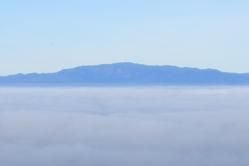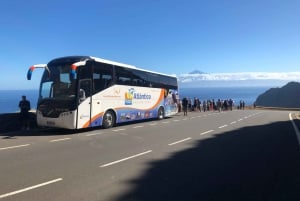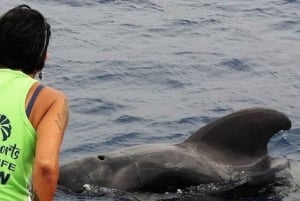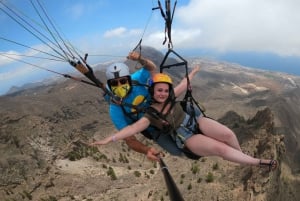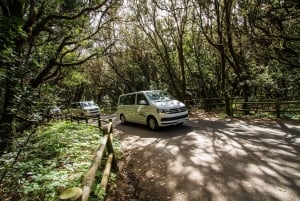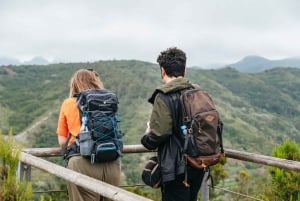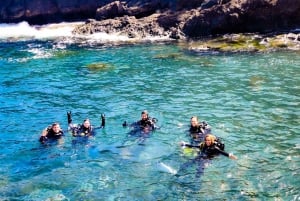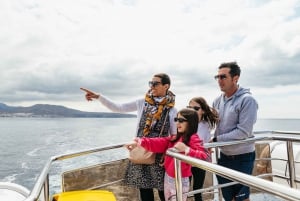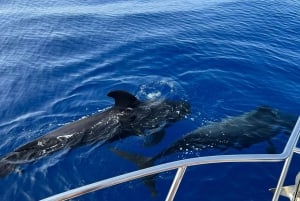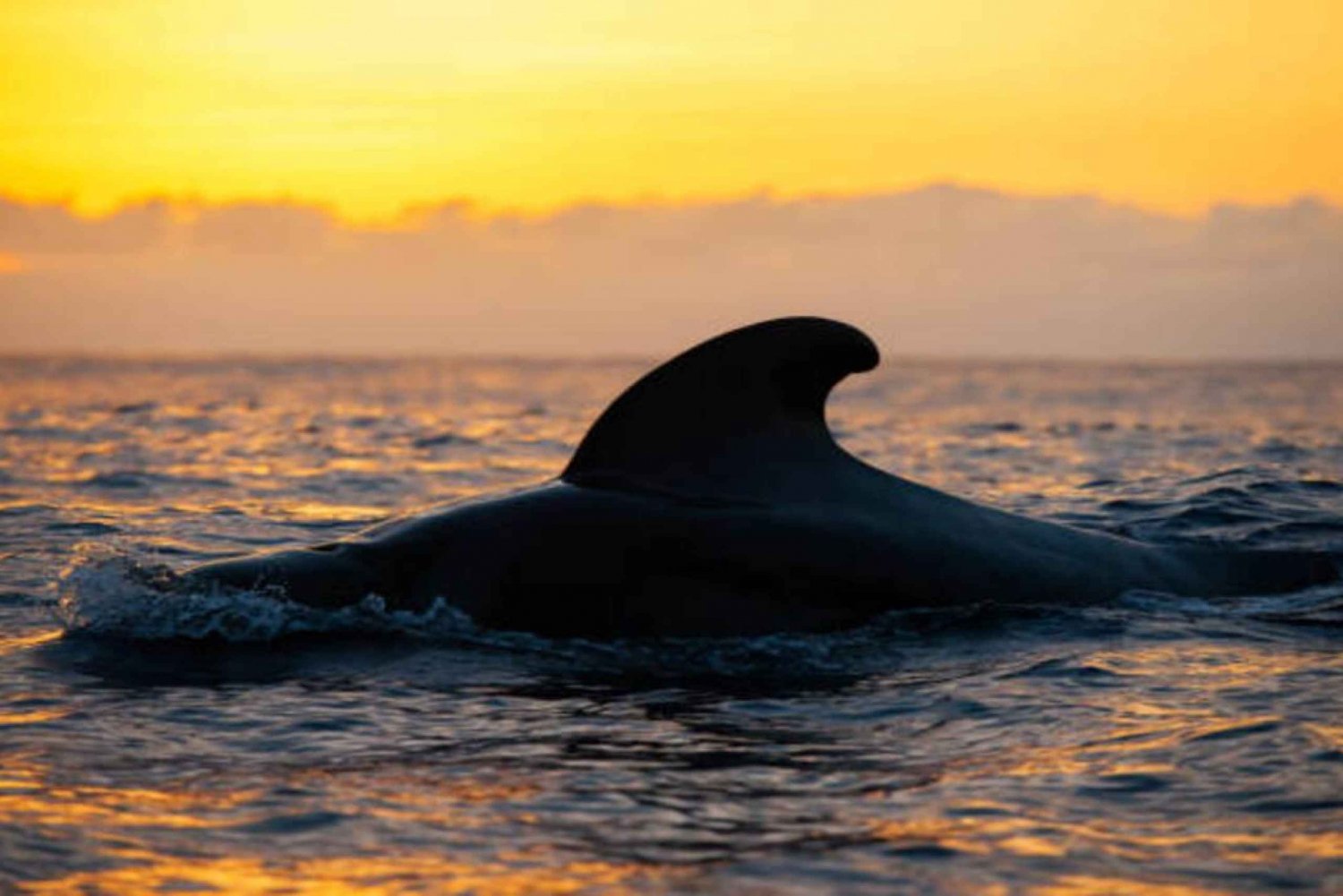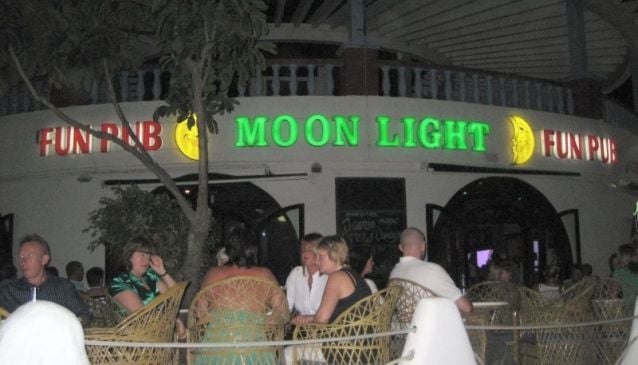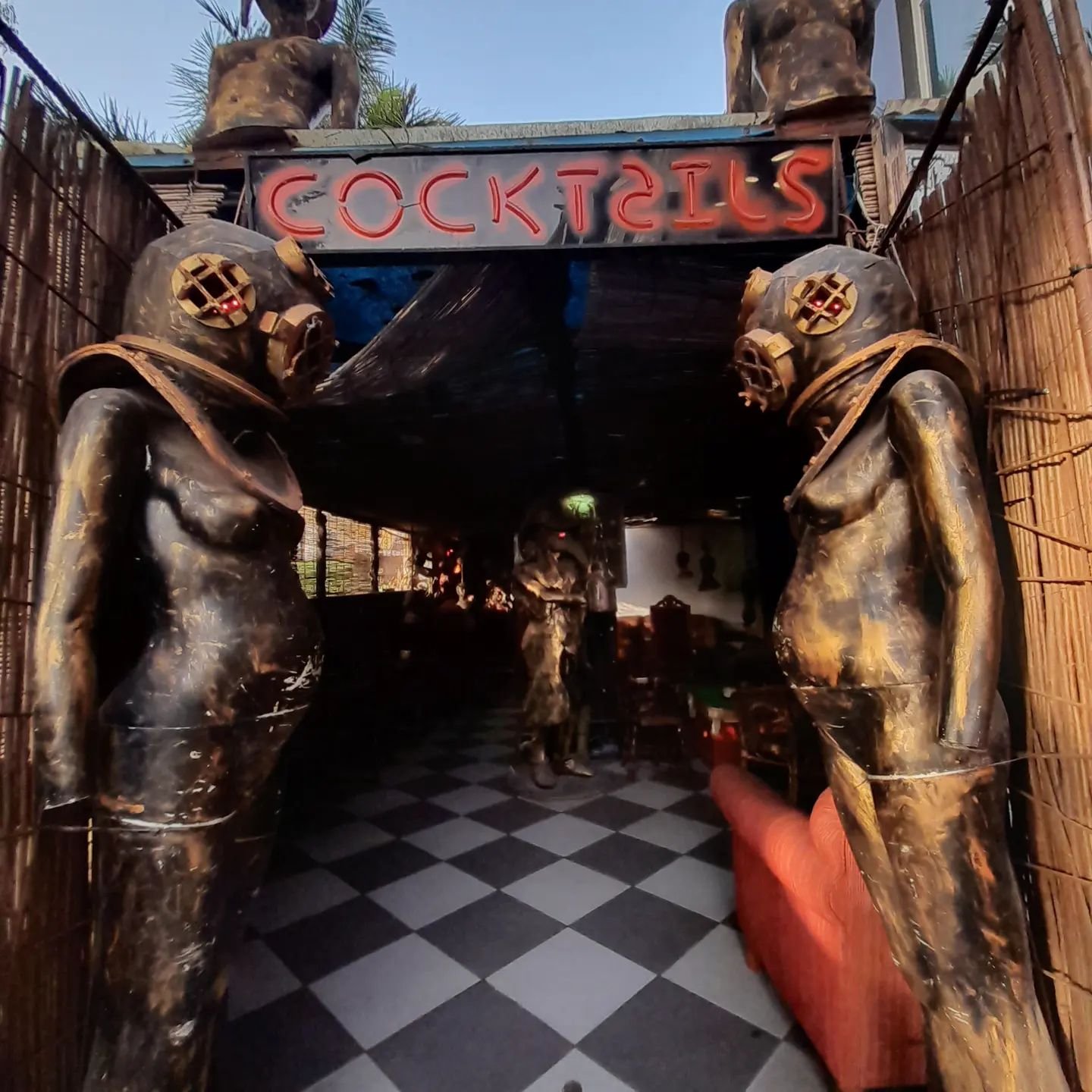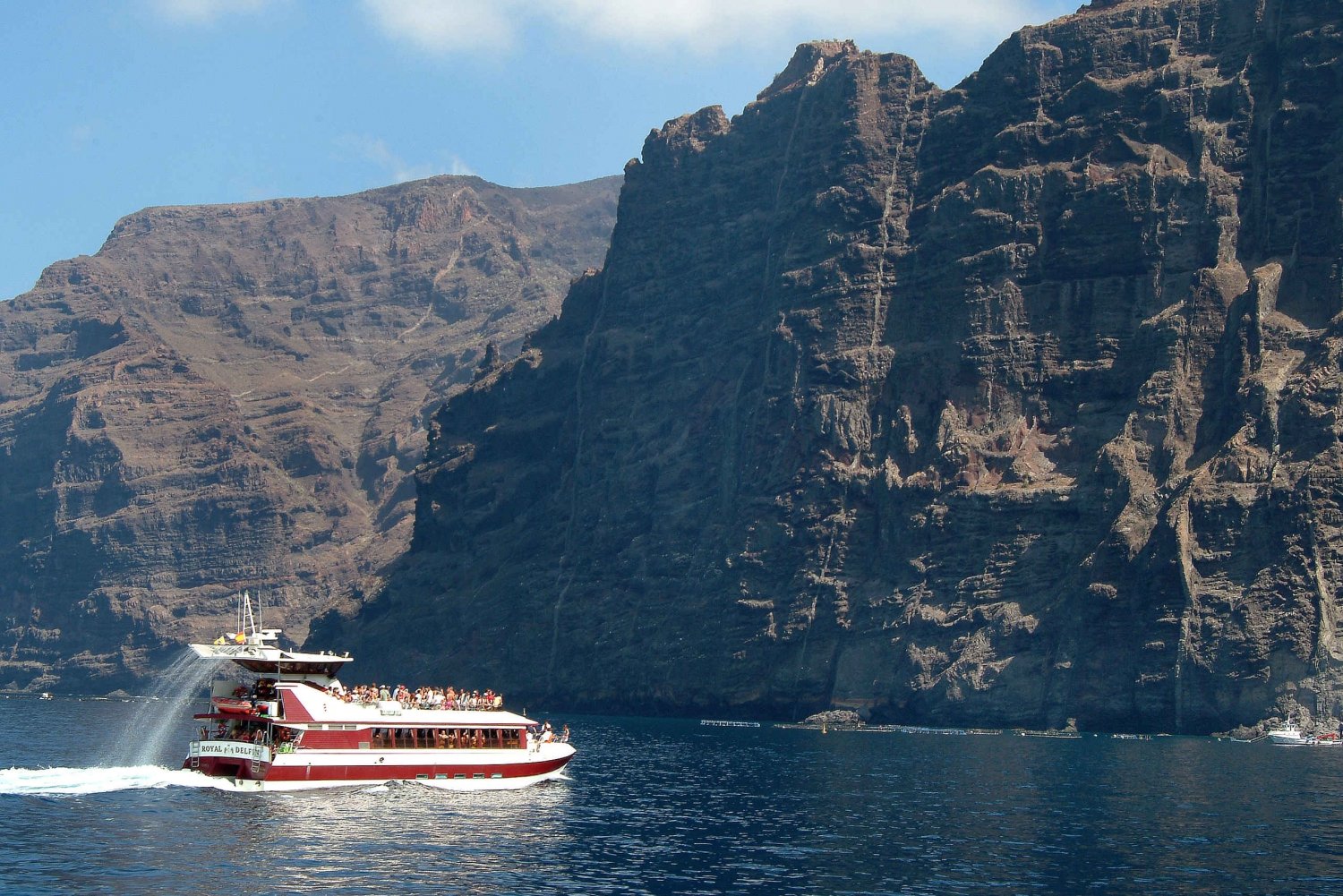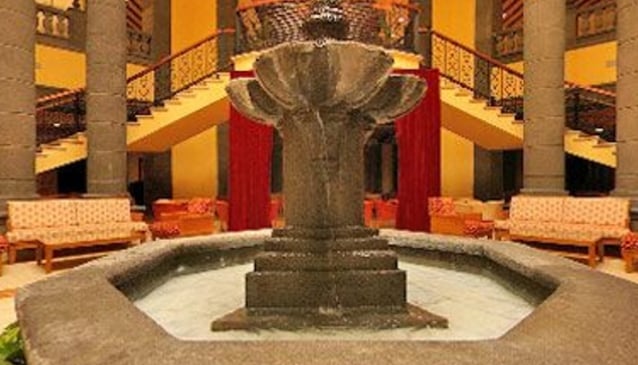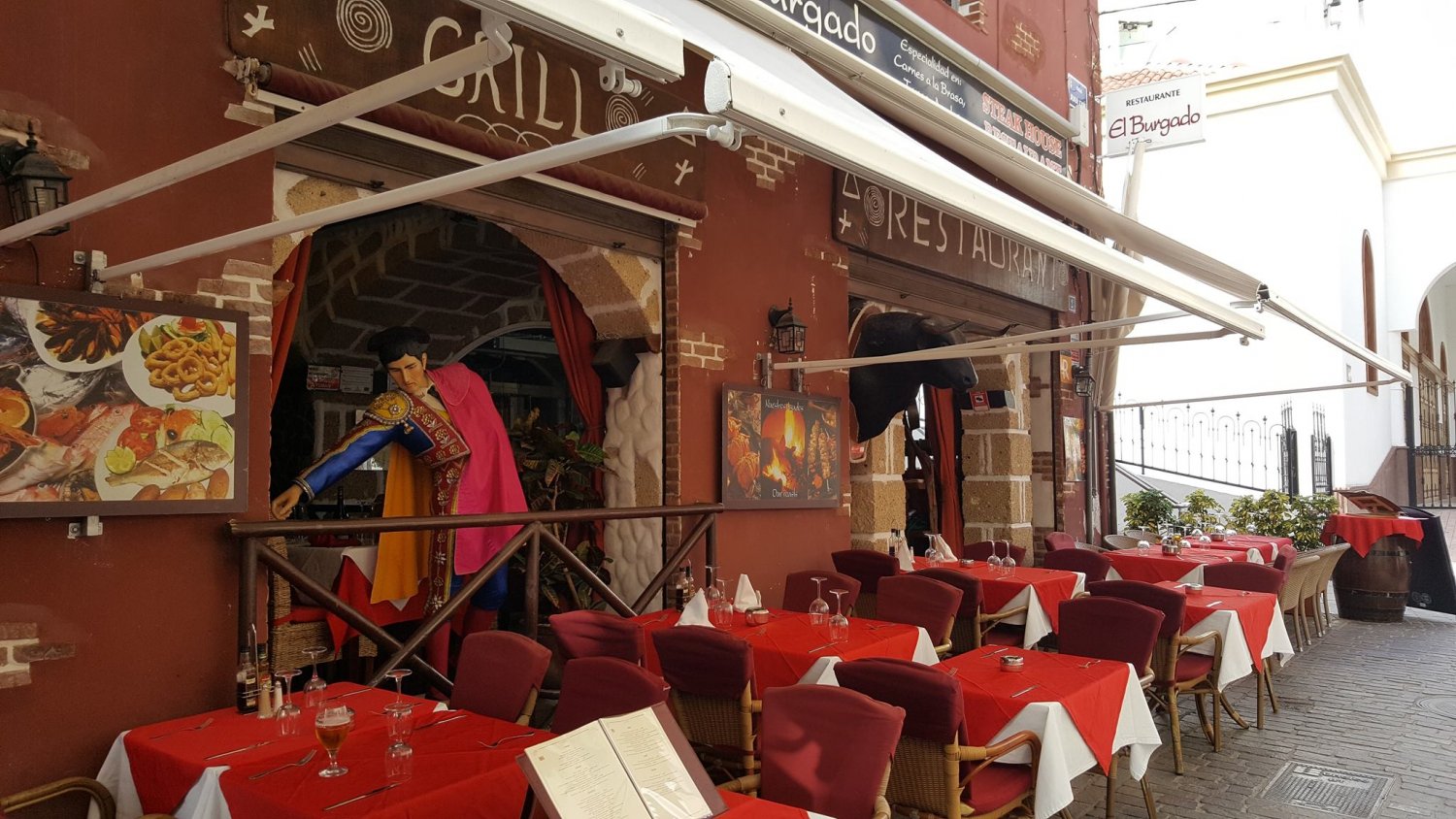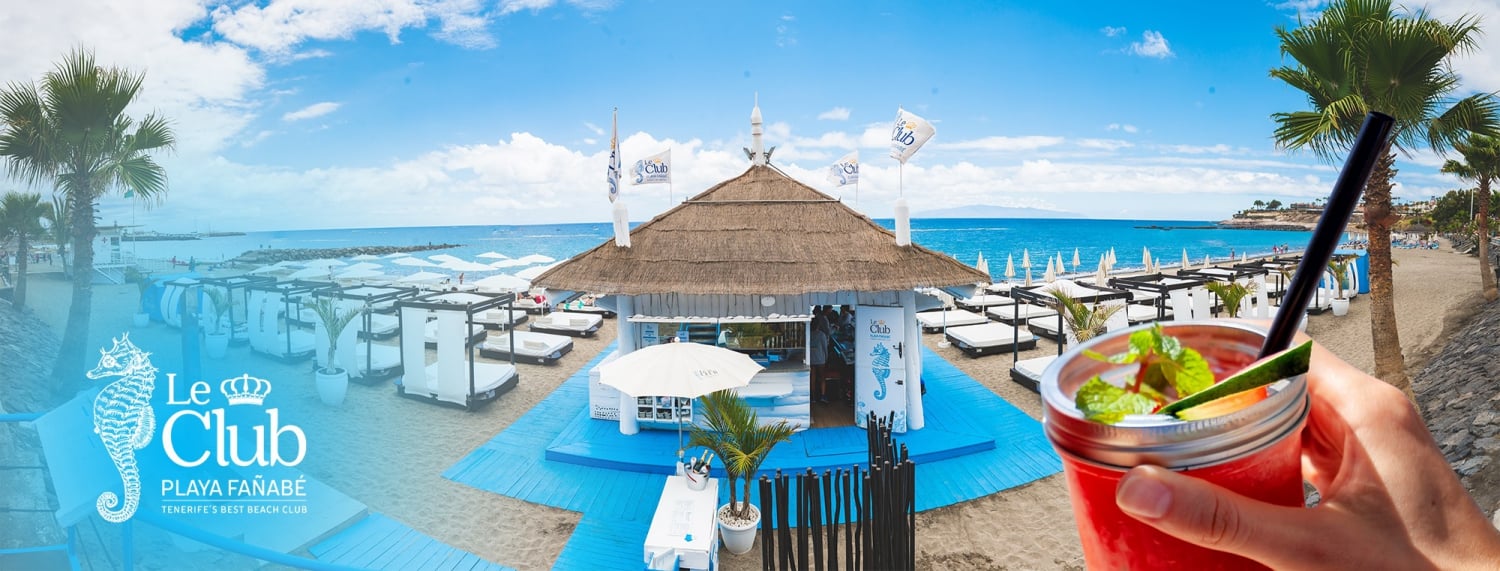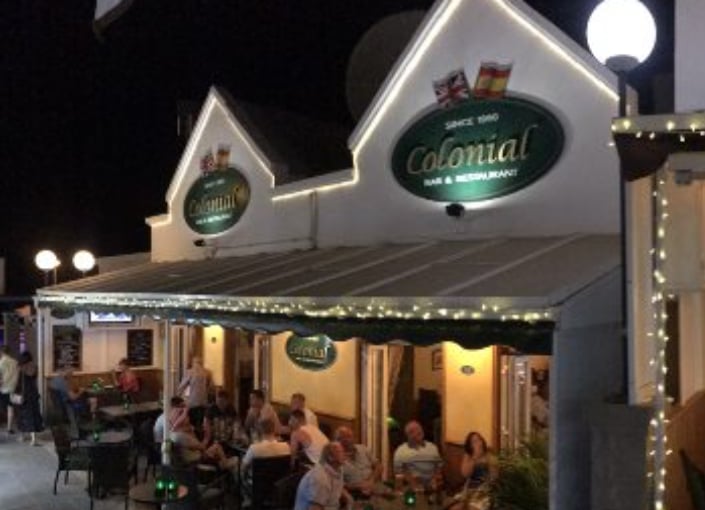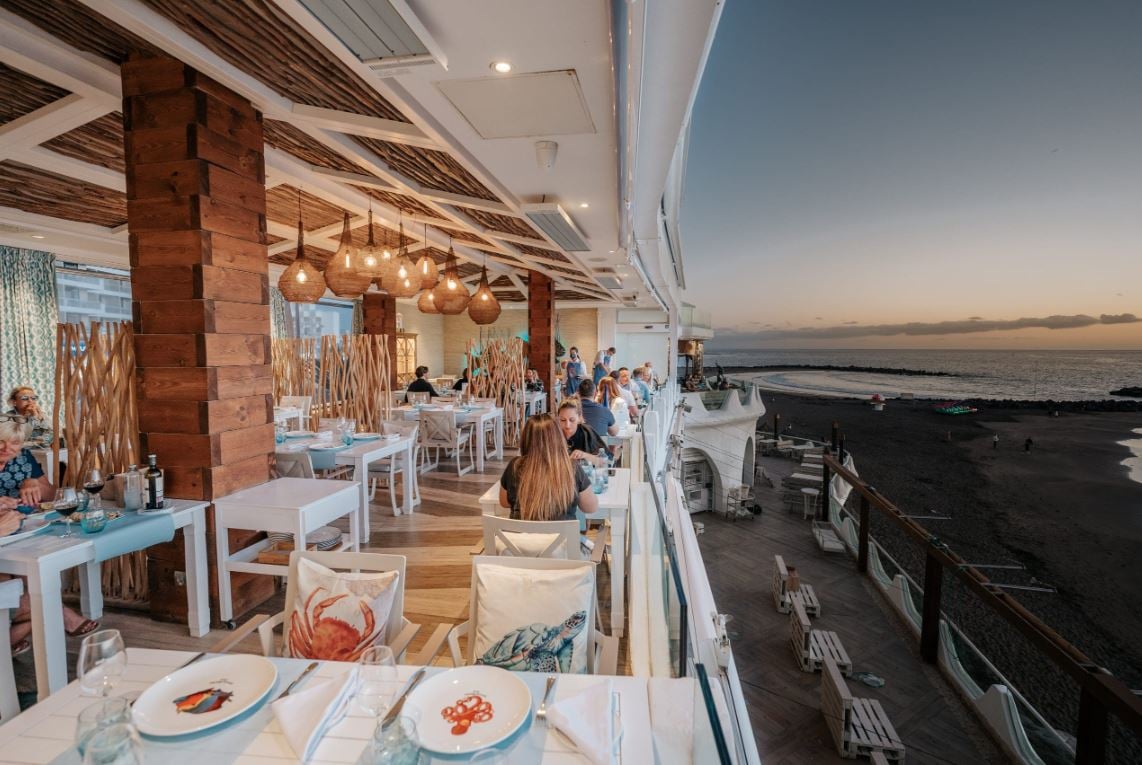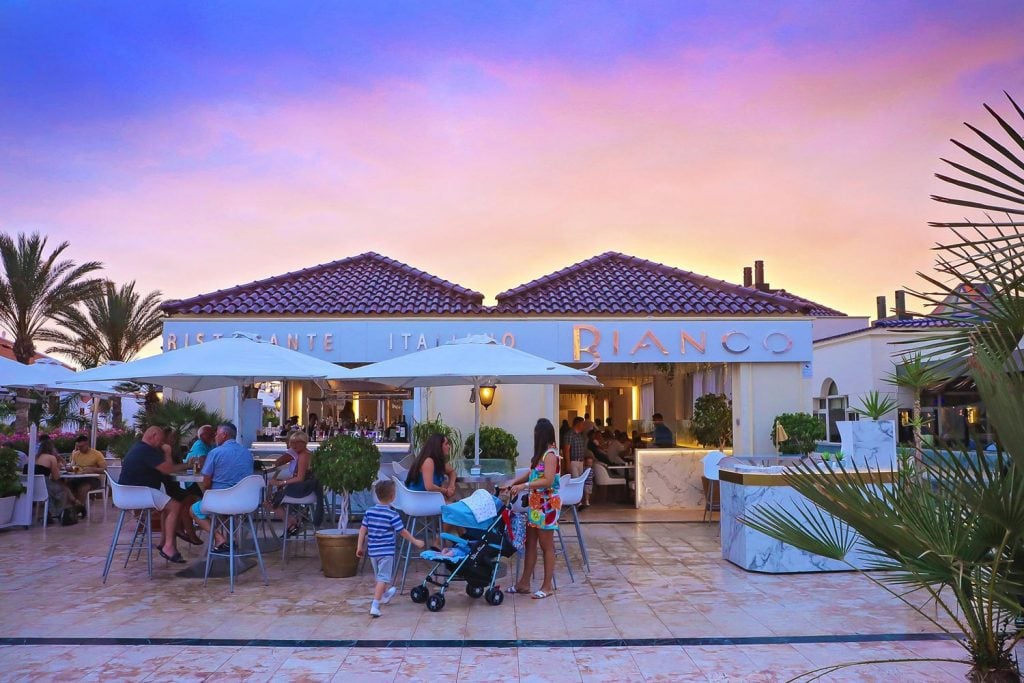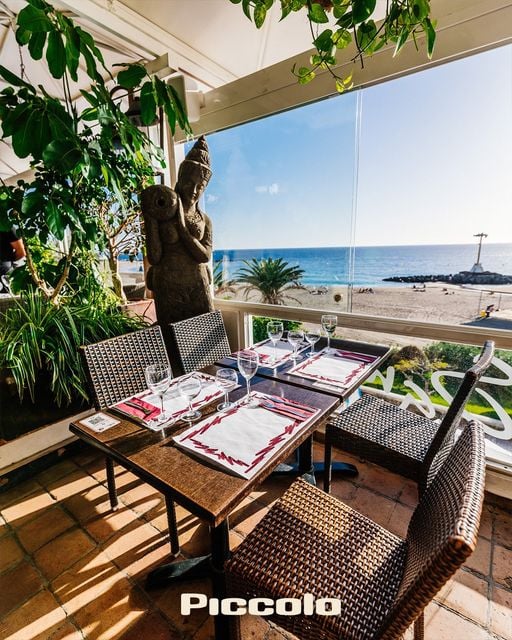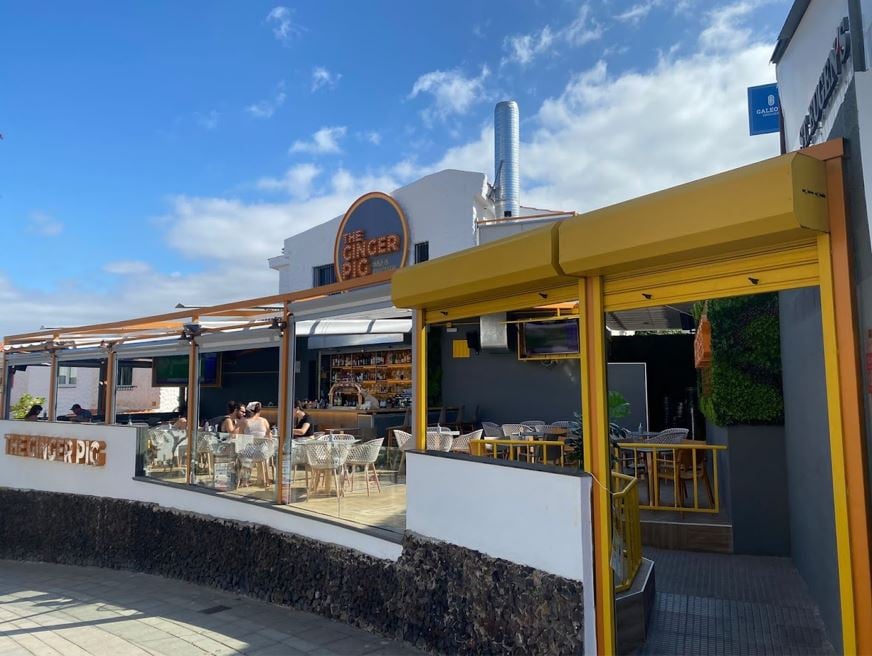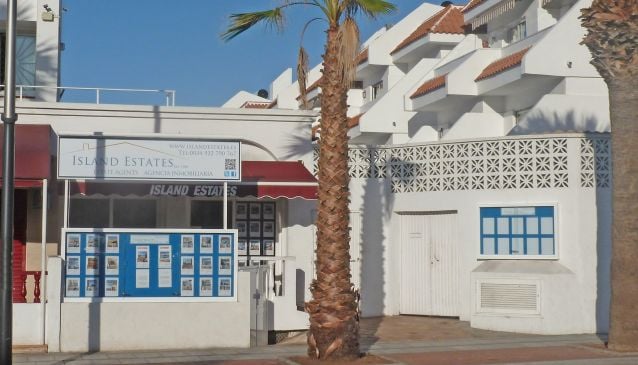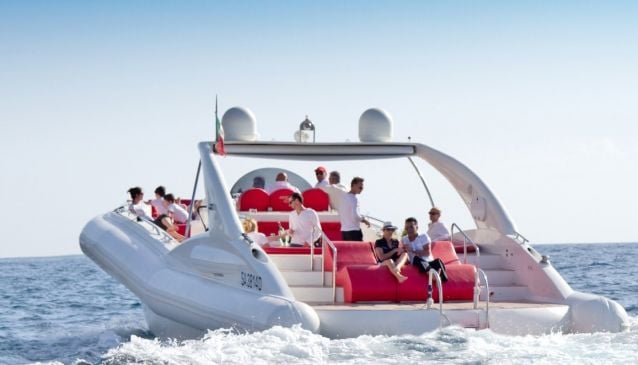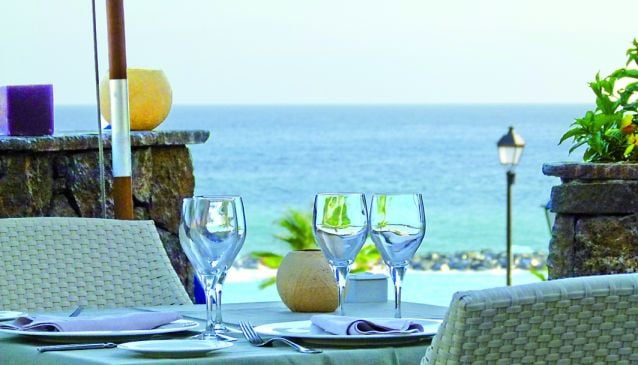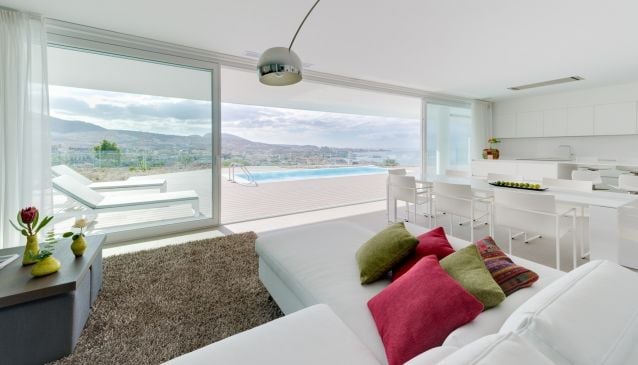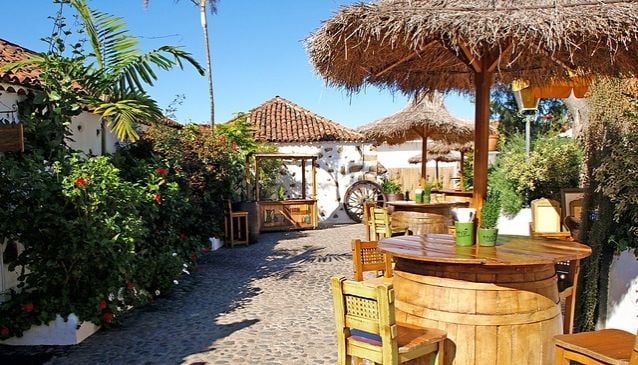La Gomera
Most of the tourist accommodation is in Valle Gran Rey on the west coast although at Playa Santiago to the south, one large resort complex has now revived the fortunes of a fading fishing village with the fabulous Hotel Jardin Tecina and its accompanying Tecina Golf course. Having said that, many solace-seekers make straight for the village of Benchijigua where several casas rurales (country cottages) provide perfect self-catering opportunities for hikers and hiders alike.
The island’s most notable claim to fame is as the starting point for Columbus’ voyage westwards to discover the new world. In 1492, the explorer spent some time here flirting with Beatriz de Bobadilla, the island’s countess. In the port capital of San Sebastián, Casa de Colón stands testament to where most of the courting took place. The restored mansion now holds exhibitions of a less amorous nature.
No doubt many a clandestine rendezvous would also have taken place amidst the ancient laurel forests of Garajonay National Park, designated a UNESCO World Heritage site in 1981. From within its misty confines you might hear the distant whistling of Silbo, La Gomera’s unique whistling language. Originally devised to provide a means of communication across the deep gorges that gouge the island, the whistle is still taught in island schools today.
As with all of the islands, volcanic carvings are dramatically evident. Near Vallhermosa, a short boat trip will reveal Los Órganos, basalt rock formations rising from the ocean like part-submerged organ pipes.



